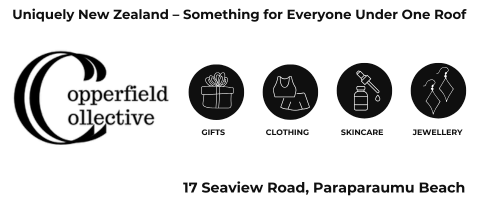Hinemoana Baker, ‘waha mouth’, Victoria University Press, 2014
Hinemoana Baker’s ‘waha mouth’: This exquisite collection is not so much a symphony but a set of partitas for solo violin reviewed by Paula Green.
This is the self-penned blurb on the back of Hinemoana Baker’s new poetry collection and it resonated with me far more than the usual blurb content: ‘I’d like to think that opening this book to read is like standing at the mouth of a cave, or a river, or a grave, with a candle in your hand.’
This window into reading suggests you might enter the mysterious, dark depths of the cave with its labyrinth of passages, or the pull of a river’s current whether quiet or wild, or the private return to those who have left us. I adore the comparison of the act of reading to holding the light of candle to a poem where something will always remain in the dim shadows, barely sighted, inaudible.
In many ways this book is about the power of words to take hold of us, to connect us in myriad relations, to reproduce us. The first poem, with its mysterious ache and force of a single word, is followed by a family poem. In Nanna’s game, the missing words are adjectives that must be randomly supplied by the players to the gut-wrenching hilarity of all. Word in place words out of place. In another poem, ‘rope,’ Hinemoana has used a clutch of words from the penultimate sentence of a James Welch novel as a prompt for her poem. It is as though her poem becomes a secret hyperlink that expands a word (or two) like when you click on a word on a poem online and it opens out. In ‘eclipse,’ where she contemplates ‘his warm, dead right hand,’ individual words are intensified, made special by placing italics. They twitch and vibrate on the line as little memory beacons.
Two poems (‘part 1′ and ‘part 2′) are distorted mirror images of each other. in the splintered glass you enter the family occasion, where things shift and change in the way things shift and change over time, in the mind of this person alongside that person, in this mood alongside that mood. You move from ‘The apricot moon, and a statue, for Valour’ to ‘The mackerel sky and a steam train.’ I love the way the two parts send a translucent bridge (an arc) over the short prose-like poems that they bookend. These latter poems follow the thematic curvature of the book as they slip from what is familiar to what is not, from being grounded at home to being grounded off shore, from anecdote to striking image. Detail matters.
This exquisite collection is not so much a symphony but a set of partitas for solo violin. Individual notes (words) resonate and linger in the ear as if to make aural chords (connections): ‘a parliament of owls, all palms but mine bone dry, mouth full of sky and counting.’ In this example, the linking consonants, assonance and near rhyme make chords that register in a subterranean way (sky-mine, mouth-owls, owl-full, parliament-palms, but-bone). Hinemoana’s musicianship extends to the composition as a whole with its shifting tones and pitches.
Many poems stood out for me. I loved ‘there are almost no risks associated’ where the lines are borrowed from a fertility document. The poetic riff heightens the emptiness of repeated medical jargon and narratives, and the way they so often eclipse individual situations, fear and longing. I also loved the final longer poem, ‘magnet bay farm,’ which exemplifies the way Hinemoana’s collection brings together story, acute detail, and divine melody. The poem I have printed off to pin to my wall though is ‘manifesto.’ It reminded me a little of Bernadette Hall’s ‘lacework’ in the way poetry has its roots in mud and muck as much as the moon and stars (a bit like Hone Tuwhare writing poetry from and for the pub and the heavens). It is a poem about poetry with wit and humour where cats get fed and Poetry ‘sniffs at the moon/ and urinates on our suburban garden.’ This I love: ‘In public people stop to say how handsome my poem is, how playful and well-behaved./ ‘Hell that poem’s in good nick,’ they say. ‘What do you feed it?’
Hinemoana’s poems are anchored in the real world yet her poetic melodies remind you that there are other layers of reality embedded here, layers that sing and tremble in the candle light joy, pain, recognition, trust, narratives that we inherit and carry with us. Tremendous.
Many thanks to NZ Poetry Shelf nzpoetryshelf.com/2014/10/09/hinemoana-bakers-waha-mouth-this-exquisite-collection-is-not-so-much-a-symphony-but-a-set-of-partitas-for-solo-violin/
or nzpoetryshelf.wordpress.com
Paula Green is a poet, children’s author, reviewer and anthologist living on Auckland’s West Coast.





































